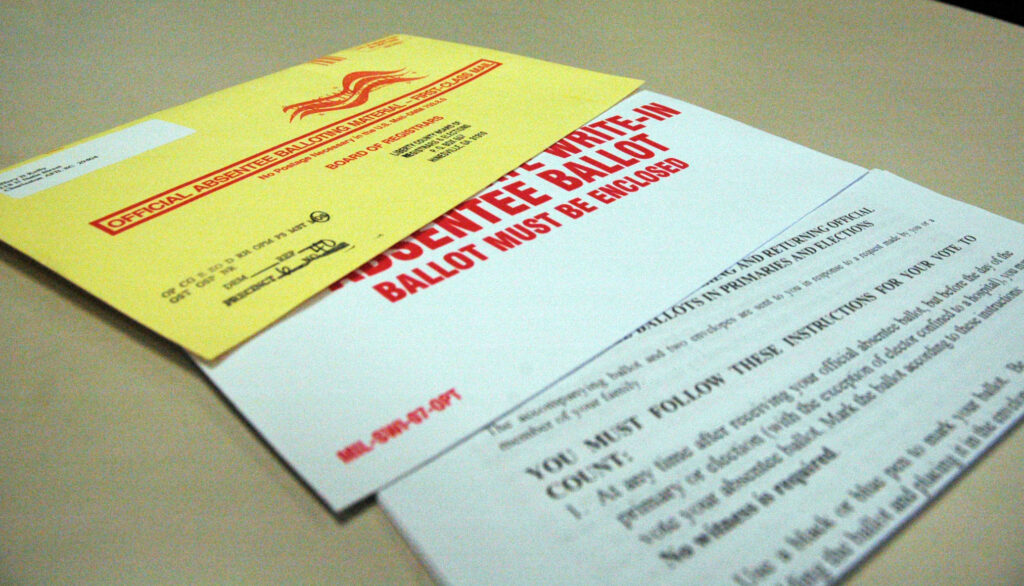As the election approaches, concerns are mounting in Nevada over the status of nearly 14,000 mail-in ballots that may go uncounted unless voters confirm their identities by November 12th. The Nevada Secretary of State’s Office has identified approximately 13,847 ballots in need of a “signature cure,” a crucial step that determines whether voters’ identities can be confirmed and thus validate their submissions. In a political breakdown, Democrats lead with 5,529 flagged ballots, closely followed by Republicans at 4,505, while voters registered as “Other” account for 7,041 ballots that also require verification. This significant number reflects the challenges ahead in ensuring every eligible vote is counted accurately.
The urgency of addressing these signature cures has intensified, with reports indicating a marked increase over recent weeks. The total count of ballots requiring this type of verification surged to 24,240 by Monday, illustrating a growing number of potential discrepancies that could impact election outcomes. The breakdown shows a predominance of Democrat ballots at 8,466 needing cures, Republicans at 6,410 and “Other” votes at 9,364. The Nevada Secretary of State’s office anticipates that these figures may continue to rise as the November 12 deadline approaches, further complicating the electoral process.
Nevada’s Secretary of State, Cisco Aguilar, has publicly expressed his concern regarding the implications of these uncounted ballots. Aguilar emphasized the disappointment and heartache associated with votes that may not ultimately contribute to the electoral outcome after voters have made the effort to participate. He affirmed a commitment to ensuring voter engagement and the counting of every valid vote. To aid voters, the Secretary of State’s office encourages residents to check their ballot status through various online tools, including Ballot Trax, reinforcing the importance of voter diligence in confirming their registration details.
Despite proactive outreach from county election officials, the onus remains on voters to verify their information before the November 12 cutoff at 5 p.m. The significance of timely interventions is crucial, as individuals who fail to address signature issues may see their votes cast aside due to procedural obstacles. This emphasizes a critical component of the democratic process: voter responsibility. Ensuring that personal information and signatures align with those on file is essential for overcoming the hurdles posed by the signature curing process.
In a backdrop of legal challenges surrounding mail-in voting, the Nevada Supreme Court recently issued a ruling that has further complicated the electoral landscape. The decision allows for the counting of mail-in ballots without postmarks for three days after Election Day. This ruling stems from ongoing tensions regarding mail-in voting practices, with allegations from the Trump campaign and Nevada GOP that Democrats exploit mail-in ballots to commit electoral fraud. Their lawsuit aimed to contest the legitimacy of counting ballots cast after Election Day. The Supreme Court’s decision underscores the contentious nature of mail-in voting and its implications for transparency and election integrity.
Consequently, these developments suggest that voters may experience delays in final election results due to the extended counting period allowed for mail-in ballots. As disputes continue over electoral procedures, the combination of increased mail-in ballot counts and ongoing legal scrutiny raises questions about the reliability of reporting outcomes promptly. All these aspects highlight the crucial intersection of voter engagement, legal frameworks, and operational processes that define the electoral experience in Nevada this election cycle. The potential for further complications looms, emphasizing the need for heightened awareness and proactive participation by voters to ensure that their voices are heard amid the complexities of the electoral process.

